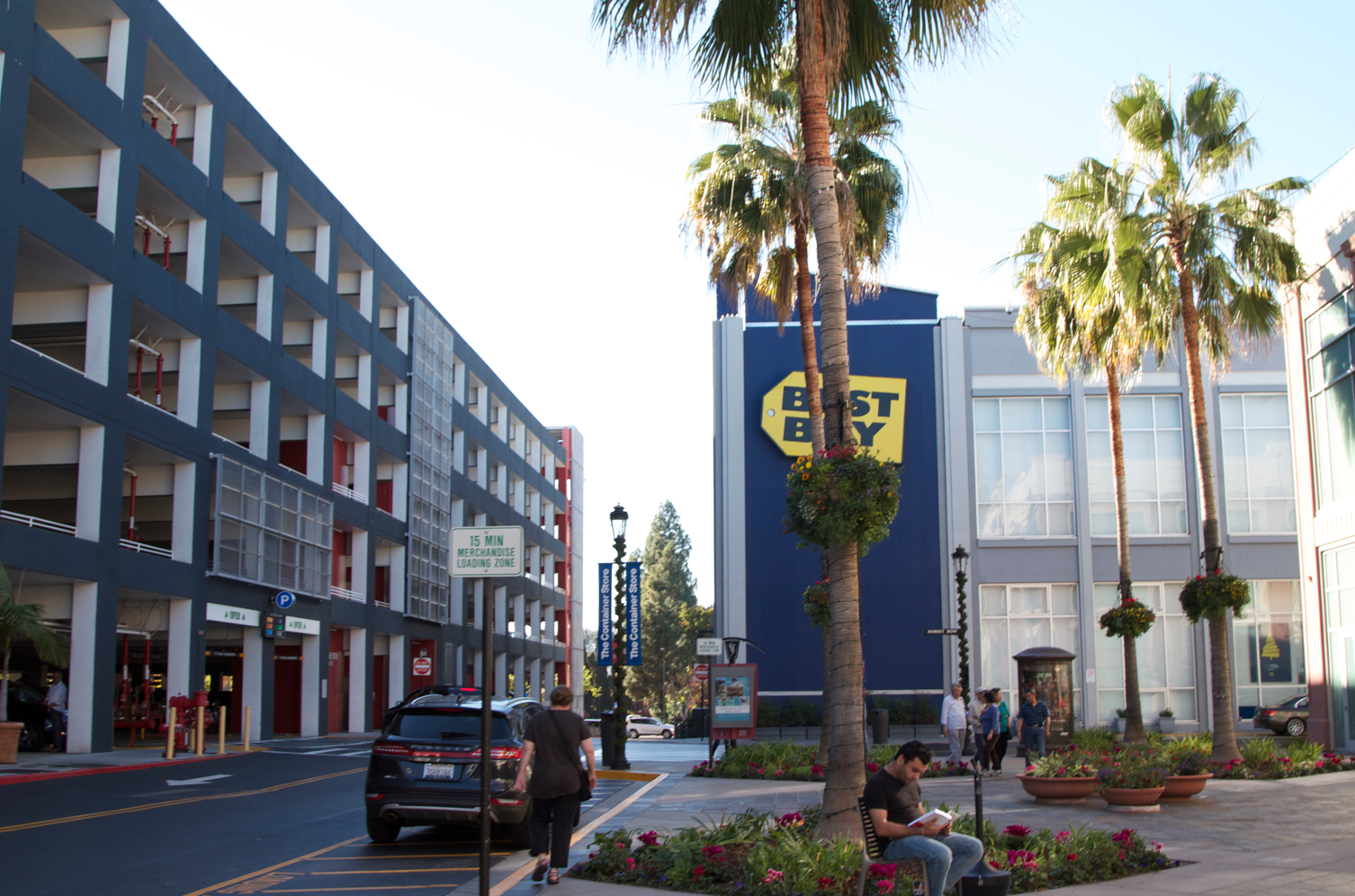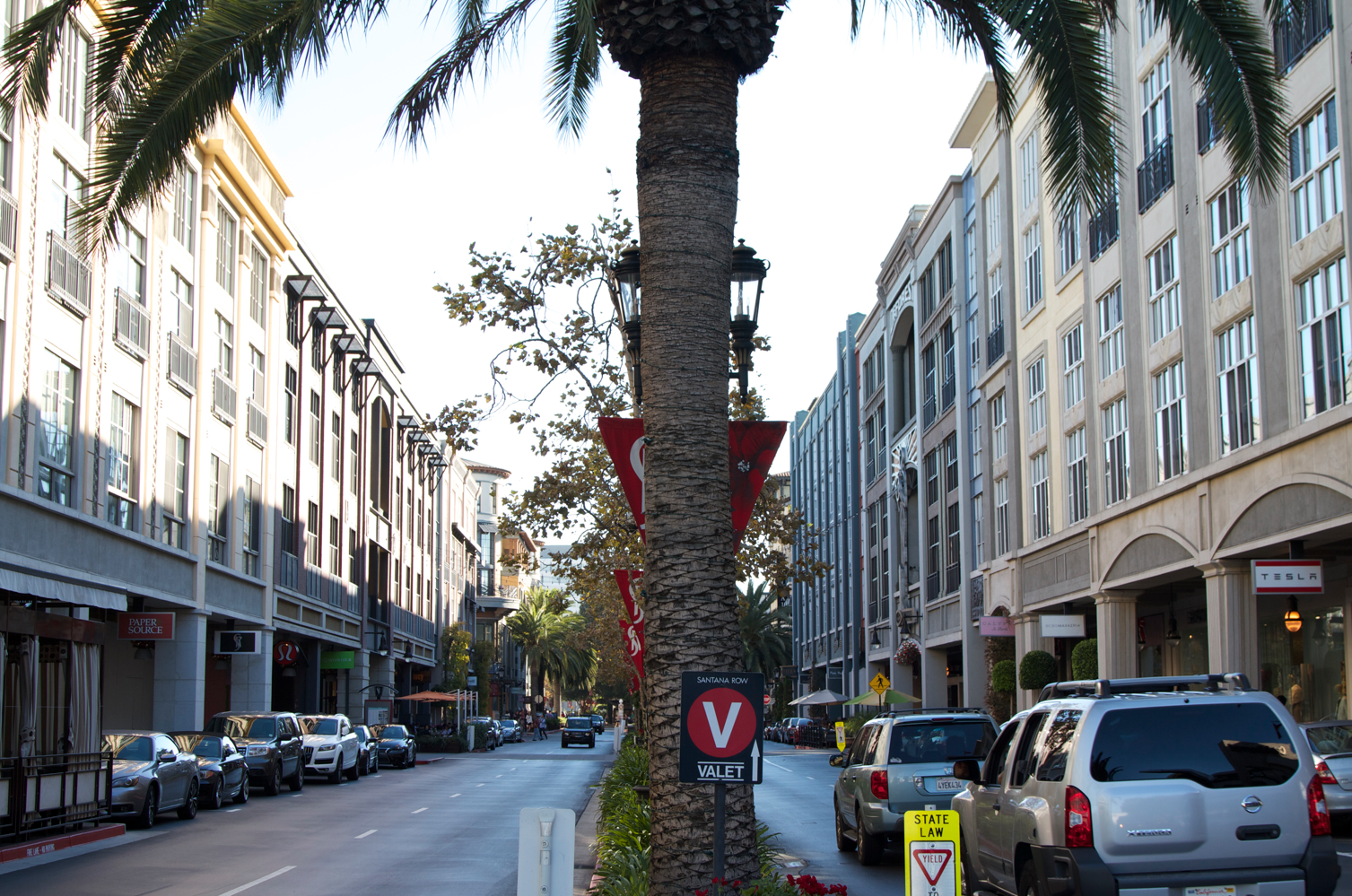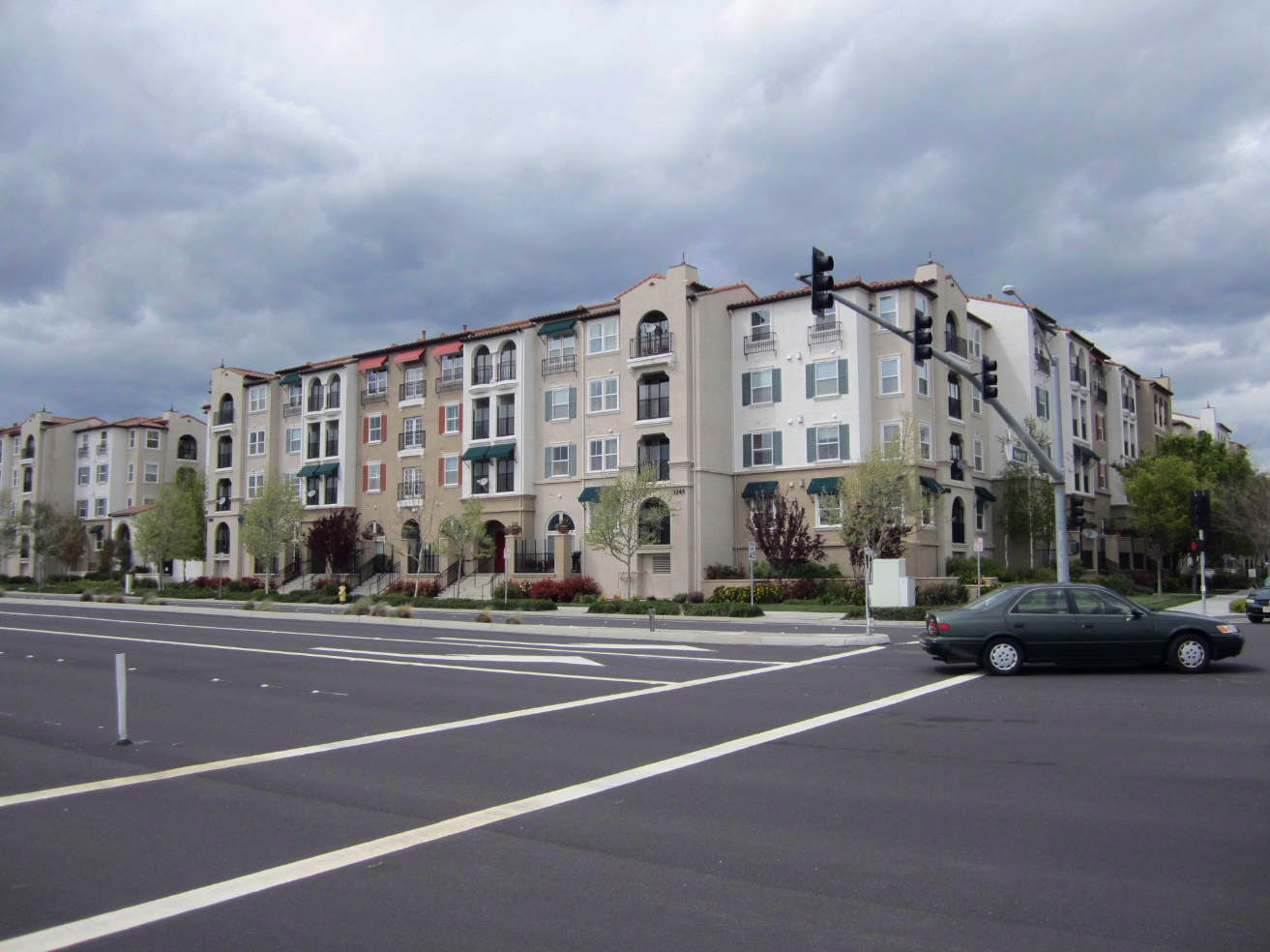The Activation Energy of a Walkable Place
When you want to change something about the world, there's a particular sort of magical thinking that it's easy to slip into. You become convinced that your vision for how things ought to be is so compelling, so self-evidently good that you need not bother yourself with the details of how you're going to get from here to there. In your desire to be an evangelist for the future you want to see, those questions about process become inconvenient—especially if the path to get there might involve making things worse before they get a lot better.
I've been thinking about this with regard to what happens to be my personal change-the-world project: undoing the Suburban Experiment and bringing our cities back to a saner pattern of development and land use. So I'm writing a two-part series. Today I'm going to discuss some thoughts I have about what this process might require. And in the second part, I'm going to dig into two specific, controversial development proposals on the table in my own city, and what I think we can learn from them.
—
I'm a dyed-in-the-wool urbanist. I went years without owning a car, still walk and bike whenever I can, and wholeheartedly believe that places where you can go about much of your life on foot are the best sorts of places. They're healthier, safer, more lively, and more conducive to local entrepreneurship and community building. They produce more local wealth and make far more efficient use of land.
But I live in a pretty suburban, car-dependent community, and one that's growing rapidly. So in my place—Sarasota, FL—I frequently find myself trying to change minds, and in particular, singing the praises of walkable development to people who might not have already joined the choir. In particular, I think it's very important that we channel the momentum of our growth into locations and development types that will make the place I live a stronger, more sustainable place. But that's not always an easy sell.
Right now, Sarasota is a place that is growing on the surface, but is undoubtedly suffering all the ills of the suburban experiment. The pedestrian death and injury rate from vehicle crashes is appalling—10th worst in the nation according to a recent study. (Florida dominates the top ten.) Accessibility to jobs and necessities is abysmal for those who don't or can't drive.
And as in much of the United States, our development pattern is bankrupting us. Friend and frequent collaborator of Strong Towns, Urban3's Joe Minicozzi, came to Sarasota a few years ago and did a study of the fiscal impact of new development. He found that a typical suburban residential development here would take 42 years to generate enough tax revenue to pay off the costs of its own infrastructure. This is a huge problem, because most of that infrastructure doesn't actually last 42 years before needing replacement.
I want to change this. I think it's imperative to change this, in fact.
Right now, you all but have to own a car to live here in Sarasota. If you can't afford to own one, you still need access to one, or life is going to be pretty uncomfortable and inconvenient. In twenty years, I want my city to be a place where not owning, and rarely even using, a car is a perfectly reasonable choice to make. And where many—I'm not saying all, or even most, but many—citizens feel compelled to make that choice.
But getting to that point is likely to involve some bumps in the road. And I think there are some major unresolved questions about where it'd be most productive to focus our efforts if we want to get started.
Here's bump in the road number one: on day one, a new, major development project in Sarasota—even the best walkable, mixed-use design you can imagine—is not going to result in much, if any, reduction in overall car traffic. Even in year one, it's probably not going to have a huge impact. Quite likely not even in year five. There's research on this issue, and a lot of it doesn't sit well with what urbanists like me would like to be true.
This is because your decision to own or not own a car isn't based on the characteristics of your building, your street, or even necessarily your neighborhood. It's often based on the characteristics of your city as a whole. After all, no one lives their whole life cooped up within one neighborhood.
If you choose a car-free or car-lite lifestyle, it's probably not just because you can get to work without a car—and especially not if you need a car to meet all your other needs. And, conversely, you won't go car-free simply because you move somewhere where you can walk to get groceries, a haircut, or a drink. Those are nice perks, but one or two perks aren't likely to convince you to give up car ownership.
No; you will likely give up car ownership only when the cost of car ownership exceeds the benefits, and that means you rarely miss having that car at your disposal. We're talking maybe wanting a car a few times a month or less. (At that point, the occasional Uber and Lyft or Zipcar will probably do just fine.)
This means that we can build all the walkable, compact new development we want in certain pockets of a car-dependent city, and in the short run, we're not likely to see noticeable numbers of people—even residents of those very same new buildings—giving up their cars.



Instead, we're probably going to see a lot more cars in and around areas that are now built to a higher density than usually associated with suburbia. At best, those places will not be designed to prioritize the needs of drivers, at least within their little island of dense development (but no guarantees, of course. And at worst, auto-oriented density can easily end up combining the very worst of city living—crowds, noise, lack of greenery—with the worst of suburban living—chronic traffic congestion, dangerous and unpleasant walking conditions. It's density without urbanism.
This has tricky implications for efforts to retrofit suburban places where the car is very much king. Because if you truly want to build places where you can go about much of your life without four wheels, the logistics of this transformation are really complicated. And they pose one of the thorniest challenges to the ideal I generally accept: that change in cities should be incremental and iterative, not top-down and radically transformative.
And this is because of one dirty little secret that urbanists who evangelize about density and multimodal transportation don't always fully grapple with: as a place goes from car-dependent to car-optional, the intermediate stages might be pretty uncomfortable.
The Need to Supply Activation Energy
There's a metaphor I use to think about this, from back in good old high-school chemistry. Most chemical reactions have an activation energy: you have to put an initial burst of energy into the system before the reaction will begin. This can be heat, or pressure, or sometimes you can lower this energy threshold with the presence of a catalyst—a third substance whose presence facilitates the reaction.
Source: Jeff Turner via Flickr. Creative Commons license.
If the activation energy isn't provided up front, the reaction won't happen. The system will stay in its initial state. Once you provide that infusion of energy to get things up and over the hump, though, the reaction proceeds to completion—at which point you have a new stable state.
A simple example of activation energy is the combustion of paper, which is a chemical reaction with oxygen in the air. Leave the piece of paper alone, and nothing will happen to it. Apply heat (a match), and the paper will burn by itself until there's nothing left.
This makes me wonder: does the transformation of a car-dependent place into a walkable place need an activation energy? I think it does.
There's a certain kind of path-dependency to the way we design places. That is, in an environment where driving is nearly universal, even the most woke urbanist architect or developer is going to feel pragmatic pressures to design buildings and public spaces for the users they have, not the users they wish they had. They will, for example, devote a lot of their land to parking, even in the absence of minimum requirements in the city's code. These pragmatic considerations are why you see cases where a city mandates that retailers have sidewalk-facing entrances... so retailers build them, keep *that* entrance locked, and use the entrance facing the parking lot in back as the "front," like these retailers did.
Drive-throughs are terrible for walkability, but chain retailers like Walgreens and CVS often insist on them, because they know their customers drive. (Photo: Wikimedia Commons)
On the other hand, in places where people have other convenient means of getting around, there isn't the same pressure to go out of your way to accommodate cars. No one expects a downtown CVS in a major city to have a drive-through, or a free parking lot right in front of the door. These things are tremendously disruptive to the walkability of a place—every curb cut for a driveway, for example, is a potential danger zone for people on foot. And yet it's only in already walkable places that developers don't see any need to include curb cuts.
In a place where the whole development ecosystem is built around the car, one walkable project won't change that ecosystem. It won't change that calculus that individuals make about how they're going to get around, or the one that developers make about whom they're building to accommodate. Walkable places work because there's a critical mass of walkable destinations.
But if you don't have that critical mass, and you want to turn a place into a walkable place, you have an activation energy problem. And that means you're going to have to make things a little—or maybe a lot—unpleasant for drivers in the short term, likely before you reach the point of having built the kind of place that will actually free them to drive less.
Here's a graph to illustrate what I mean:
I believe in incremental development, in which each individual project is a small experiment, and a source of feedback to the developer who comes along next. But I'm torn. Because I don't think we can expect the transition to walkable places to happen organically. Even if we were to remove all zoning restrictions and parking minimums today, developers would still build for the customer they have right now, not the one they want to have in 20 years. And the customer they have now has a car, and she drives it everywhere.
Two projects working their way through approvals in my city of Sarasota have thrown this issue into sharp relief for me. I find myself very unsure how to feel about them. Check back on Thursday, when I'll delve into them.
Top photo: Johnny Sanphillippo.






Are cars really helpful tools or disruptive devices? Here’s some guidance from ethicist Albert Borgmann on the distinction.